A new survey shows there’s only a 50/50 chance that Americans are willing to intervene with CPR when witnessing a medical emergency.
In an online survey commissioned by the American Heart Association, they found that:
50% of all respondents declare that they would be extremely or very likely to perform hands-only CPR in an emergency.
“Hands-only,” or compression-only CPR is a type of cardiopulmonary resuscitation that does not utilize the rescue breathing component of conventional CPR. It’s an especially attractive choice for a rescuer who doesn’t have any sort of CPR mask or barrier on hand when responding to an emergency.
While 60% of the survey respondents reported that they have heard about hands-only CPR, and 70% believe that “…anyone can do hands-only CPR,” there’s still a reluctance to respond. This hesitation, coupled with a rise in a perception that “…performing hands-only CPR seems like it would be quite complicated,” indicates there’s still a need to get the message out about this simple technique.
In addition to the inclusion of compression-only CPR training in the G2015 versions of the ASHI and MEDIC First Aid CPR certification programs, HSI also provides resources for instructors who want to offer awareness-level training to their communities. In partnership with Fairfield Medical Center and the Gordon B. Snider Cardiovascular Institute, HSI offers the Hands On Practical Experience (HOPE) course, a 45-minute course in chest compression-only CPR.
HOPE classes are free of charge; the training materials are provided to emergency care instructors as a public service and are not intended for sale or resale.
ASHI and MEDIC First Aid instructors interested in offering a free HOPE class at their training center can download the HOPE Participant Course Outline, the HOPE Participant Course Presentation and the HOPE Compression-only CPR Skill Sheet through the OTIS portal. Log into OTIS, then go to Dashboard>Administration>Documents>Instructor Guides and you’ll find them as a “digital resource kit.”
Our long-time instructors know that the ASHI and MEDIC First Aid programs were designed specifically to “build the confidence to respond.” Real-life scenario videos, small group practice sessions and easy-to-understand instructional materials work together to help alleviate the fear factor that can kick in when a bystander is faced with the decision to act or not act in an emergency. HOPE is another resource in an instructor’s toolkit to support our shared mission of “Making the Workplace and Community Safer.”
Thanks to all our instructors for everything you do to increase the number of bystanders willing to respond with this lifesaving technique.








.png?width=600&name=HSI-CTA-EmergencyCareTraining%20(1).png)






Comments